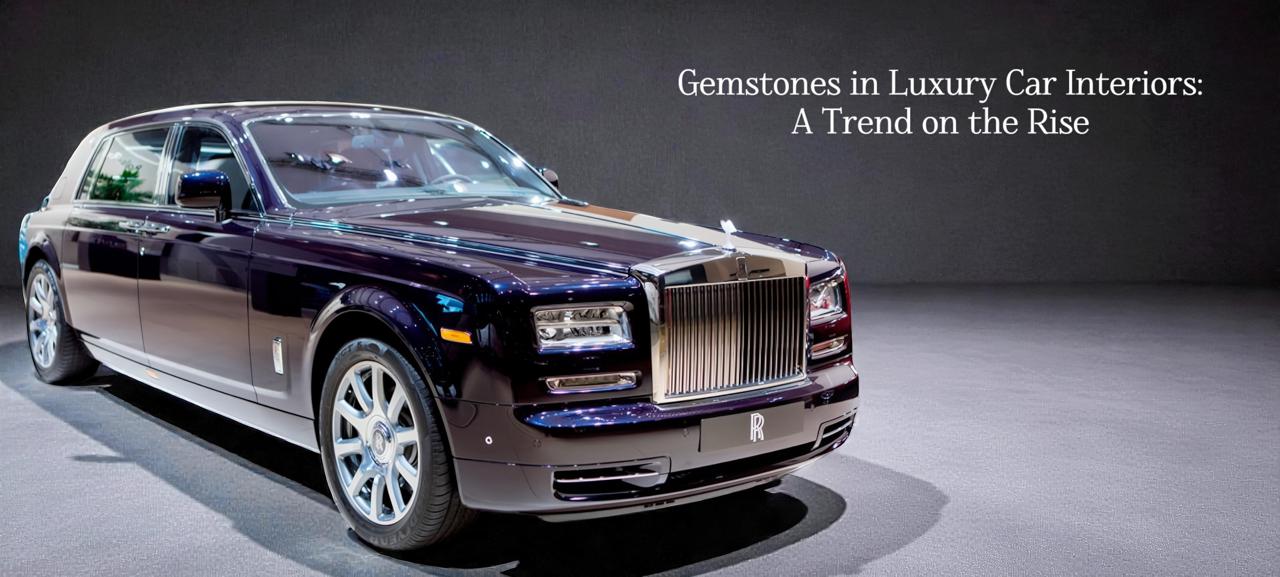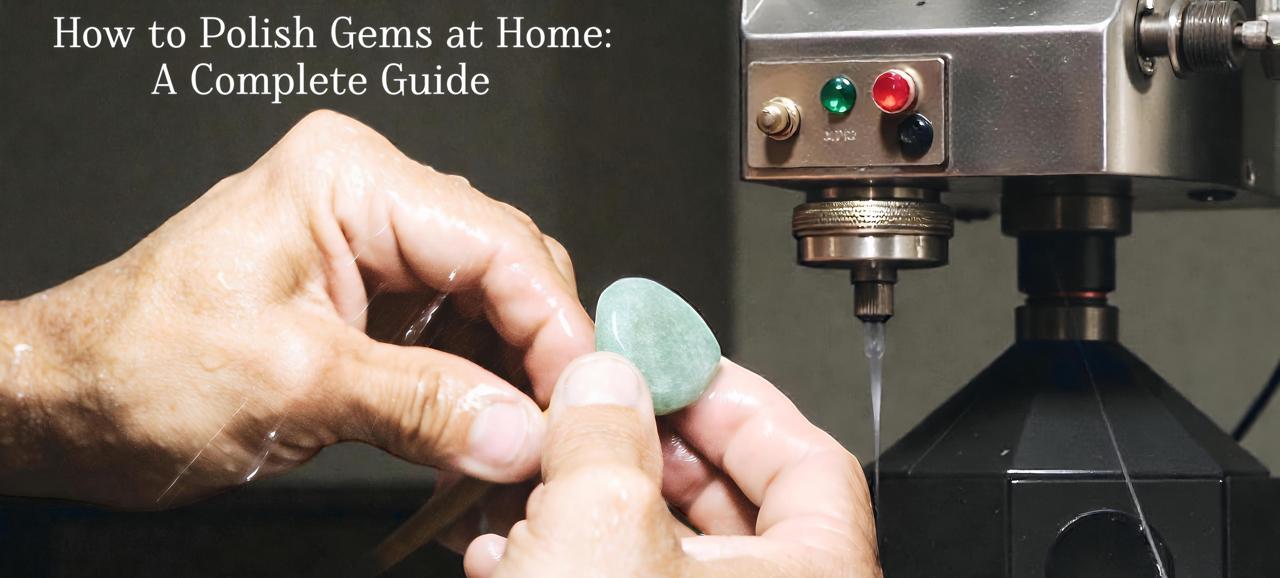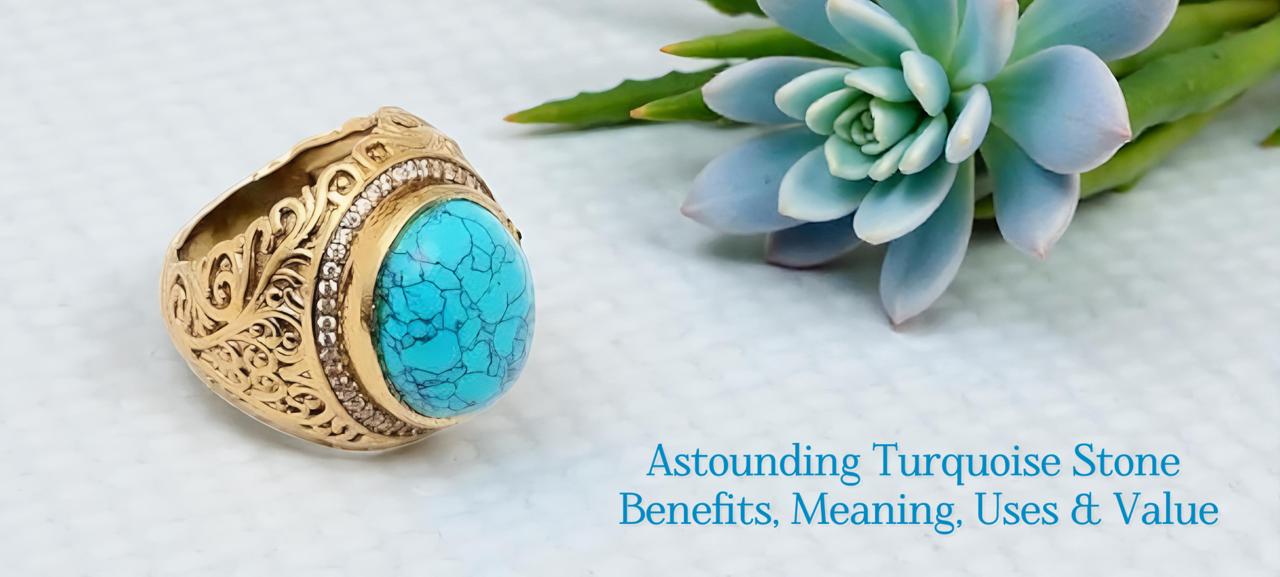 Categories
Categories 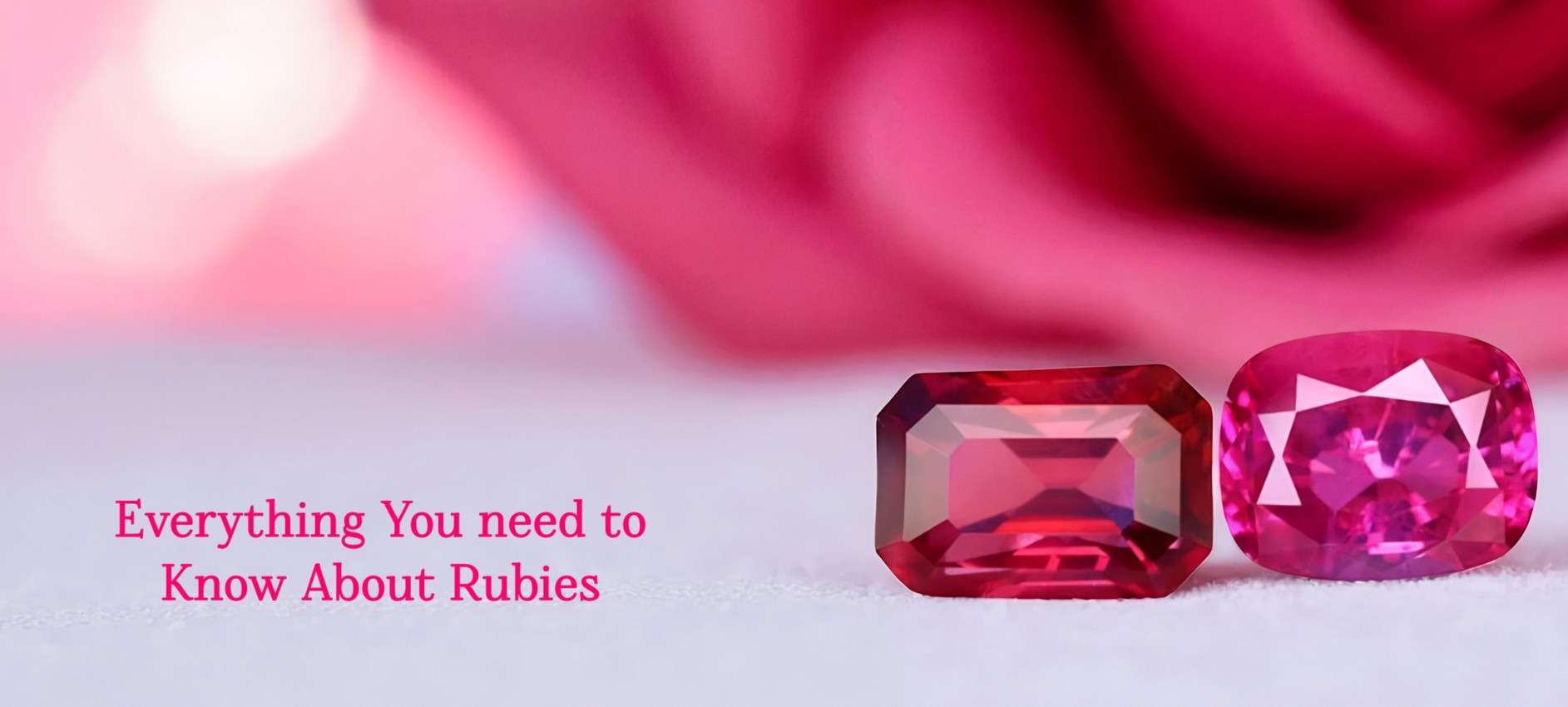
When discussing precious gemstones, rubies are considered more popular than diamonds. This is because of their impressive color, significance, and astrological properties. Pigeon blood rubies are even rarer than diamonds.
Today, these gems have become the first choice for Modern engagement rings. They form unique engagement rings that add charm to the wearer's style. These gems are versatile and can be worn by people of all age groups. Whether you want to buy ruby stone for astrological purposes or as jewelry, knowing all about these gems is important.
Rubies are precious gemstones that come from the corundum mineral family. Sapphires come from the same family group, but the trace elements make them look different. So, sapphires are not rubies; they differ significantly. The chemical formula of the ruby gemstone is Al2O3, and trace element chromium gives it the red color. Read More: What is the Chemical Composition of Ruby and Sapphire?
The primary color of ruby is red with a tint of blue, which often leads to confusion about whether blue rubies exist. However, the fact remains that no blue rubies have been found; they are all red in color.
Rubies don’t just appear; they take millions of years deep in the earth. They form when corundum mineral mixes with chromium under heavy heat and pressure. If there is no chromium, it turns sapphire, not ruby.
Ruby stone color can be light pink to dark blood red. The most loved color is called pigeon blood red. Rubies are mostly found in rocks like marble. Myanmar, Sri Lanka, Mozambique, and Madagascar are places famous for finding natural rubies. Read More: Ruby Stone: Exploring the Gem's Enchanting Colors and Variety
There are a few types of rubies depending on where they come from. Burmese rubies are the most famous, very bright and rich red. Thai rubies are darker and sometimes brownish. Sri Lankan rubies are lighter; some look pinkish. Mozambique ruby are clear and strong red. Many rubies in the market are heat-treated to enhance their color. Lab rubies also exist; they look the same but are not as rare as natural ones.
Learn More: Mozambique Ruby vs. Burma Ruby: Comparing the Richness
Type of Ruby | Color | Origin | Ruby Price in India |
Pigeon Blood Ruby | Vivid, deep red with slight bluish tint; considered the best rubies in the world | Myanmar (Burma), Mozambique | INR 50,000 to INR 5 lakhs |
Thai Ruby | Dark red, with brownish or purplish overtones | Thailand | INR 500 and above |
Mozambican Ruby | Bright, vivid red; some rival Burmese in quality | Mozambique | Above INR 50,000 for best quality |
Sri Lankan Ruby | Pink overtones often called as pink rubies | Sri Lanka | INR 30,000 and above |
Tanzanian Ruby | Dark red with brownish or purplish secondary tones | Tanzania | INR 1,000 and above |
Madagascar Ruby | Medium to bright red; high clarity | Madagascar | INR 8,000 to INR 1,50,000 |
Star Ruby | Deep red or purplish red with a six-rayed star effect | Myanmar, Sri Lanka | INR 5,000 to INR 50,000 |
Indian Ruby | Deep Maroon color, opaque | Tamil Nadu (India) | INR 3,000 to INR 50,000 |
Rubies have strong energy. These gems are referred to as stones of love and passion. In crystal healing, it connects with the root chakra, which is about stability and strength. Some believe it gives courage, confidence, and success in life. Others wear a ruby to attract money and keep away negative energy.
In Vedic astrology, ruby is referred to as Manik ratna and is associated with the planet Surya. Wearing a Manik stone ring is considered auspicious for those looking for a job, wealth, and fame. Read More: Top 10 Astrological Benefits Of Wearing Ruby Gemstone
Like diamonds, rubies also have 4Cs – color, clarity, cut, and carat. Out of these, color is most important. Dark, glowing red is most valuable. Clarity refers to the stone's appearance; most rubies have marks, but fewer marks are better.
The cut determines how much shine comes out. Carat is a measure of size; bigger rubies are rare and costly. When buying a ruby, always check the color first, then other things. Lets take 4C’s one by one:
Color: The color of the ruby stone falls under three criteria: hue, tone, and saturation. The primary hue of the stone is red. The stone also exhibits secondary colors. For instance, the most valued Burma ruby features a purplish color as a secondary hue, while a tint of orange color is common in African rubies. The fine-quality ruby stones feature medium to dark tones and also vivid saturation.
Clarity: The imperfections or inclusions determine the clarity of the stone. In general, eye-clean gemstones are preferred for judging the stone's quality. The inclusion-free ruby stones are considered expensive.
Cut: The ruby stone cut considers its facets, dimensions, and symmetry. Though the cut doesn't directly impact the stone's quality, it is still an important factor. The quality cut highlights the stone's color, which is the defining feature of the stone.
Carat Weight: The gemstone's carat weight is also an ideal feature that determines its quality. A natural ruby stone with a higher carat weight is rare and accounts for a higher price.
Also Read: Why is There a Great Variation In Ruby Prices?


The best place to buy Manik stone is Navratan. You will get all types of rubies from different origins under one roof. We sell certified gemstones that speak volumes of rarity and beauty.
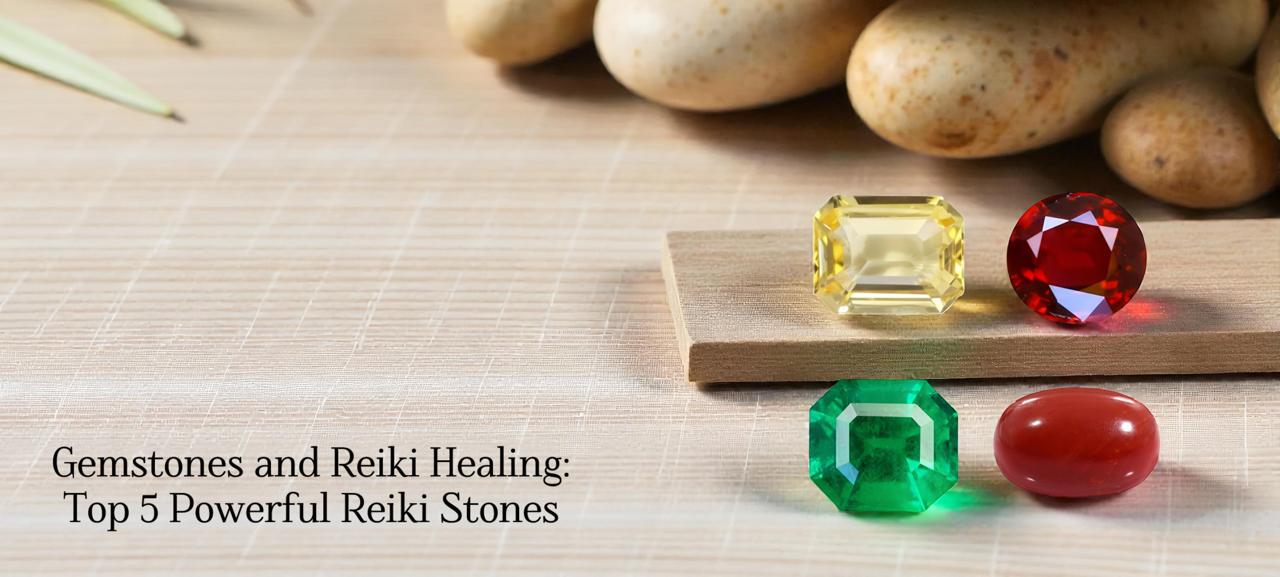
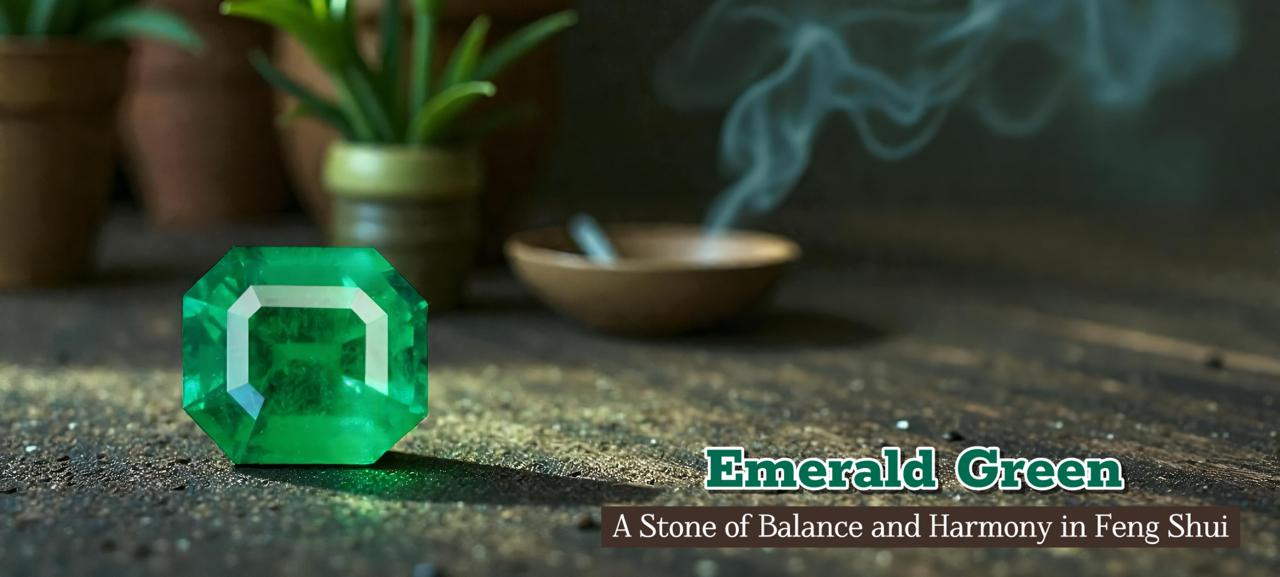
Emerald Green: A Powerful Feng Shui Stone for Balance and Harmony
December 15th, 2025